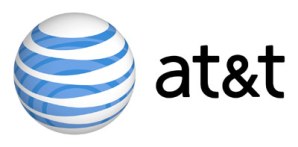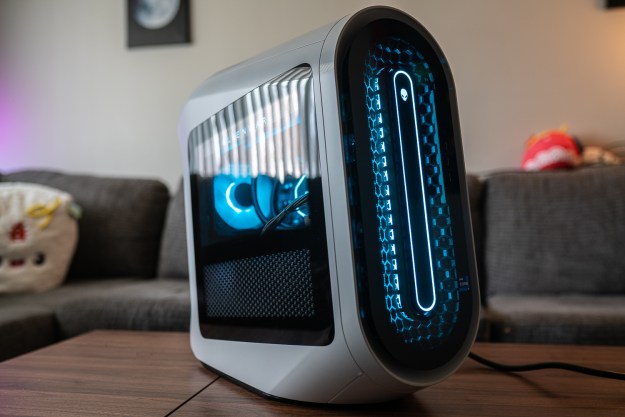 With AT&T’s recently announced plans to limit the amount of data its DSL Internet customers can user on a monthly basis right around the corner, the company is reportedly doing a terrible job of accurately determining how much data customers actually use.
With AT&T’s recently announced plans to limit the amount of data its DSL Internet customers can user on a monthly basis right around the corner, the company is reportedly doing a terrible job of accurately determining how much data customers actually use.
According Broadband Reports, AT&T customers have noticed gross disparities between their own analytics information about how much data they’ve used (based on firewall and router logs), and AT&T’s online analytics tools. AT&T’s tests are allegedly so flawed that some users claim AT&T’s meters are off by as much as hundreds of gigabytes.
AT&T has not yet gone so far as to admit that their system is flawed. But they have agreed to work with any customer who believes their data use is being misread by AT&T.
“We’re happy to work one-on-one with any of your readers to walk through the measurement tool and address any questions,” AT&T spokesman Seth Bloom tells Broadband Reports. “We’re already addressing ways we can make the labels and information on the online tool more clear for customers between now and May…I can also assure you our team is performing checks everyday to ensure accuracy.”
The company also says differences in the testing could account for the variation in analytic data.
“Other tools may measure at different 24-hour periods than we do, and most likely do not take into account the standard network protocols (e.g. Ethernet, IP) that are used to provide applications and content to our customers via the Internet,” says Bloom.
According to AT&T’s new user terms, DSL customers will be limited to 150GB of data per month; U-Verse customers get 250GB. The company will charge users $10 for every 50GB they use past their monthly data limit.
Since the average DSL customer only uses 18GB per month, says AT&T, only 2 percent of users will be affected by the data cap. But since it appears as though AT&T’s data meter readings are inaccurate, that number could be entirely off. If so, and if no improvements to the system are made, AT&T Internet subscribers could soon be in for an unpleasant surprise come May 2nd, when the data cap goes into effect.


